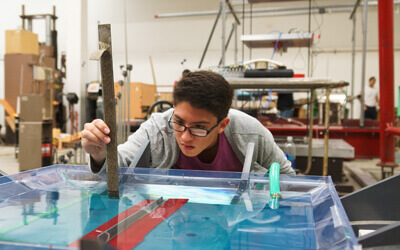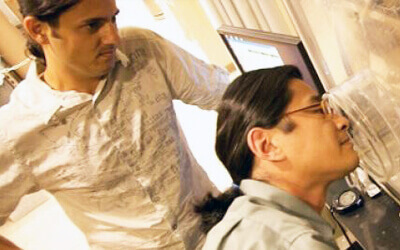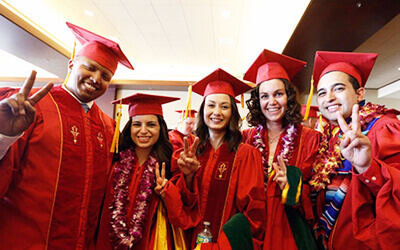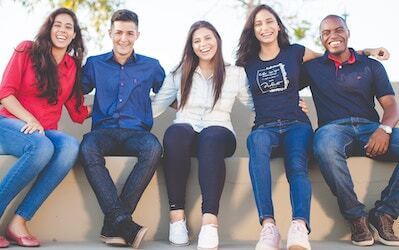
Dean's Editorial
About seven months ago, we woke up to a new reality. Seven months later, our world still struggles to contain a global pandemic. When the contagion started, I thought that the most important challenge was that it will test what we value. And, so it did. And it will continue to do so, in the near future and in the post-COVID world.
What have we learned these past months?
Initiatives
How the USC engineering community came together
to answer a global call to action
Race for a Vaccine
Race for a Vaccine
Searching for a viable vaccine and identifying therapeutic treatments that can improve recovery times for COVID-19 patients.
Who: Pin Wang, professor in the Mork Family Department of Chemical Engineering and Materials Science
Disinfecting Surfaces Remotely
Disinfecting Surfaces Remotely
Developing a virus-busting PPE disinfectant method that utilizes UV light to monkeywrench the genetic code of coronavirus so it can’t replicate itself. It can also be rapidly deployed at multiple locations, making secondary disinfection a decentralized process.
Adapting a 2017 project, ADAMM (Agile Dexterous Autonomous Mobile Manipulation System) to disinfect spaces remotely and autonomously using a six-jointed robotic arm that sprays CDC-approved chemical disinfectants to completely coat surfaces.
Who: Andrea Armani, Ray Irani Chair in Chemical Engineering and Materials Science and Professor of Chemical Engineering and Materials Science
Satyandra K. Gupta, Smith International Professorship in Mechanical Engineering and Professor of Aerospace and Mechanical Engineering and Computer Science
Building An Early Warning System
Building An Early Warning System
Developing models to better forecast what the pandemic might do next and provide these prognoses quickly to decision makers.
Who: Viktor Prasanna, Charles Lee Powell Chair in the Ming Hsieh Department of Electrical and Computer Engineering
Adam Smith, associate professor of Civil and Environmental Engineering
Contact Tracing
Contact Tracing
Building a contact-tracing app that allows users to enter symptoms and locations visited, providing individualized risk analysis, identifying potential hot spots and giving researchers a better idea of how the virus is spreading while safeguarding user privacy.
Who: Cyrus Shahabi, Helen N. and Emmett H. Jones Professorship in Engineering and Professor of Computer Science and Electrical and Computer Engineering
Mobilizing PPE
Mobilizing PPE
Supporting hospitals around the country, starting with USC Keck Medical Center, with the production of masks, ventilators and even swabs.
Who: Satyandra K. Gupta, Smith International Professorship in Mechanical Engineering and Professor of Aerospace and Mechanical Engineering and Computer Science
Andrea Armani, Ray Irani Chair in Chemical Engineering and Materials Science and Professor of Chemical Engineering and Materials Science
Yong Chen, professor of industrial and systems engineering and aerospace and mechanical engineering
USC Viterbi alumna MacKenzie McClung, B.S. ‘20
Collaborating on Public Health Nationwide
Collaborating on Public Health Nationwide
Empowering a global task force of USC Viterbi alums and National Academy of Engineering (NAE) Grand Challenges Scholars to crowdsource and brainstorm engineering solutions to the pandemic through the NAE’s Call to Action at an expedited pace with the support of the NSF sponsored I-Corps Innovation Node Los Angeles.
Who: Yannis Yortsos, co-founder of the Grand Challenges Scholars Program
Najm Meshkati, a Grand Challenges Scholars Program faculty adviser and a professor of civil and environmental engineering, industrial systems engineering and international relations
Alice Liu, assistant director for the Office of Technology Innovation and Entrepreneurship
USC Viterbi alumna Julia Sircar, B.S.’20
Combatting Misinformation
Combatting Misinformation
Analyzing millions of tweets to investigate how false information about the coronavirus spreads on social media, as well as to monitor public sentiment toward related policies.
Who: Yan Liu, Philip and Cayley MacDonald Endowed Early Career Chair and associate professor of computer science
"Viterbi vs. Pandemics!"
Lecture Series
Lecture Series
A lecture series that addresses epidemics in a comprehensive way from the perspective of USC Viterbi faculty who have contributed in developing new understanding and new methods to predict, analyze, and combat COVID-19.
Read More
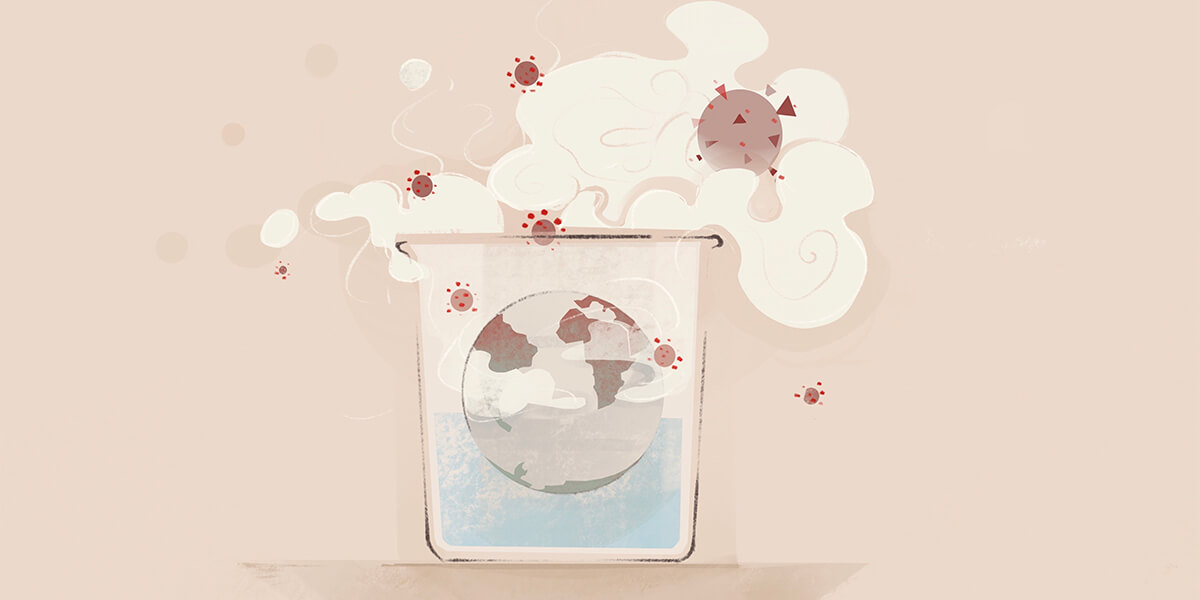
“Viterbi vs. Pandemics!” Lecture 1: Modeling Epidemics
Inaugural lecture in 10-part series focuses on modeling epidemics as a chemical reaction process
Read More
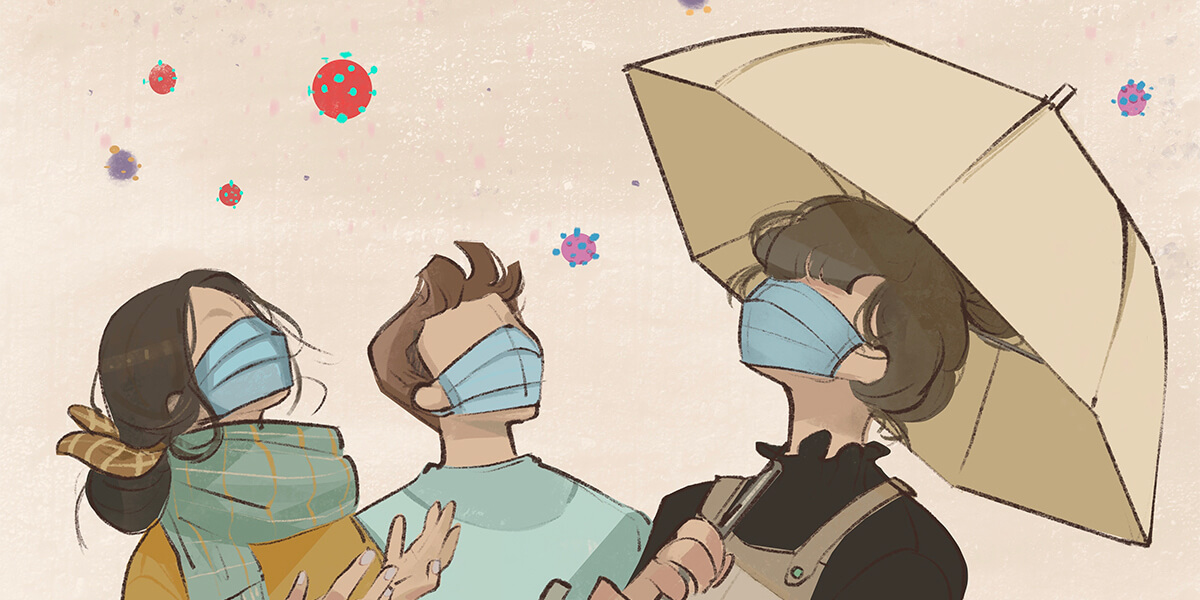
“Viterbi vs. Pandemics!” Lecture 2: Fluid Dynamics of the Spread of COVID-19
The second lecture in the 10-part series focuses on how the virus spreads in droplets and what masks are most effective
Read More
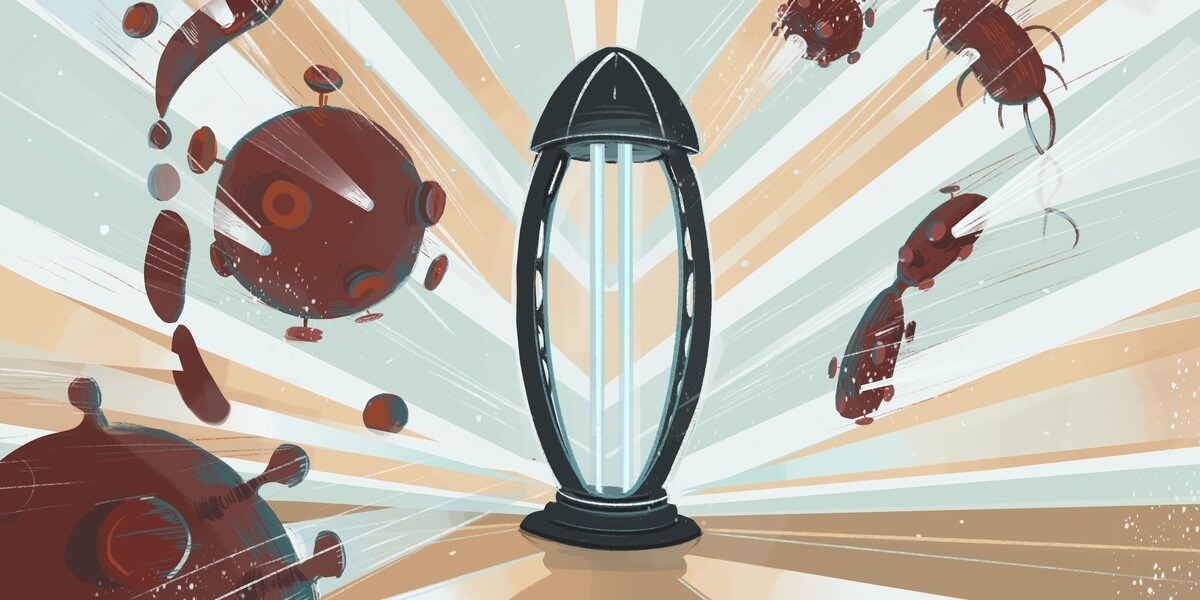
“Viterbi vs. Pandemics!” Lecture 3: Biology and Disinfection for COVID-19
Professor Andrea Armani, the Ray Irani Chair in Chemical Engineering and Materials Science, discusses new approaches to sterilizing medical equipment to meet urgent needs during the pandemic.
Read More
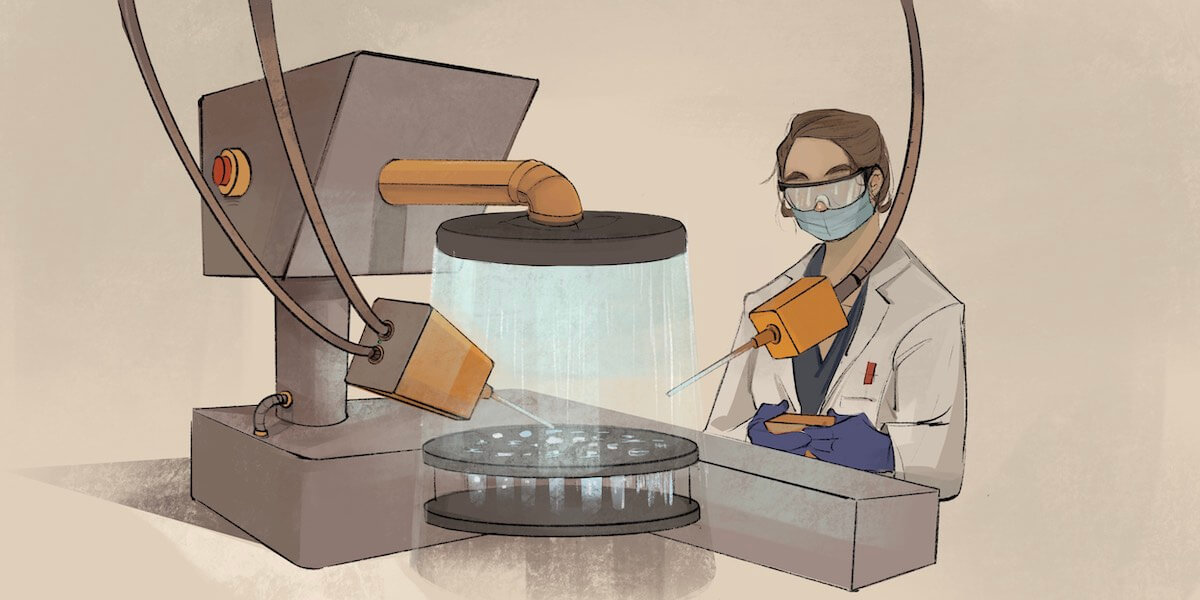
“Viterbi vs. Pandemics!” Lecture 4: Automation Technologies for Ensuring Human Safety during the COVID-19 Pandemic
The fourth lecture in the 10-part series focuses on how automation can help enhance human productivity in industries such as manufacturing while keeping them safe during the global pandemic.
Read More
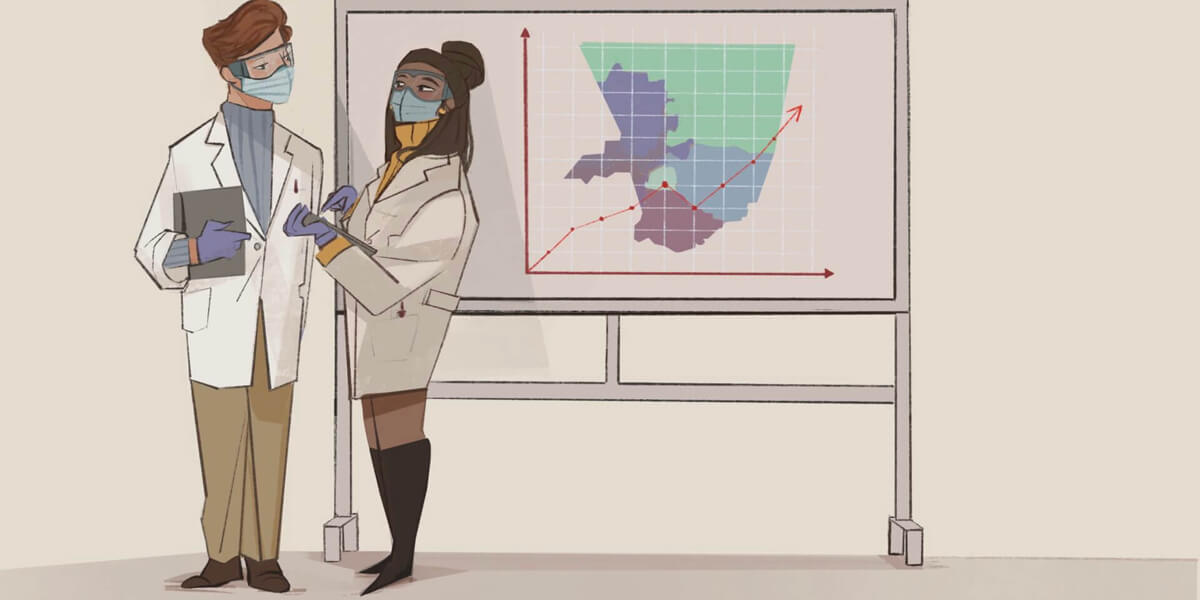
“Viterbi vs. Pandemics!” Lecture 5: Estimation of Risk
Bhaskar Krishnamachari shares how to visualize COVID risk over time for different communities using real data from L.A. County to illustrate the approach.
Read More
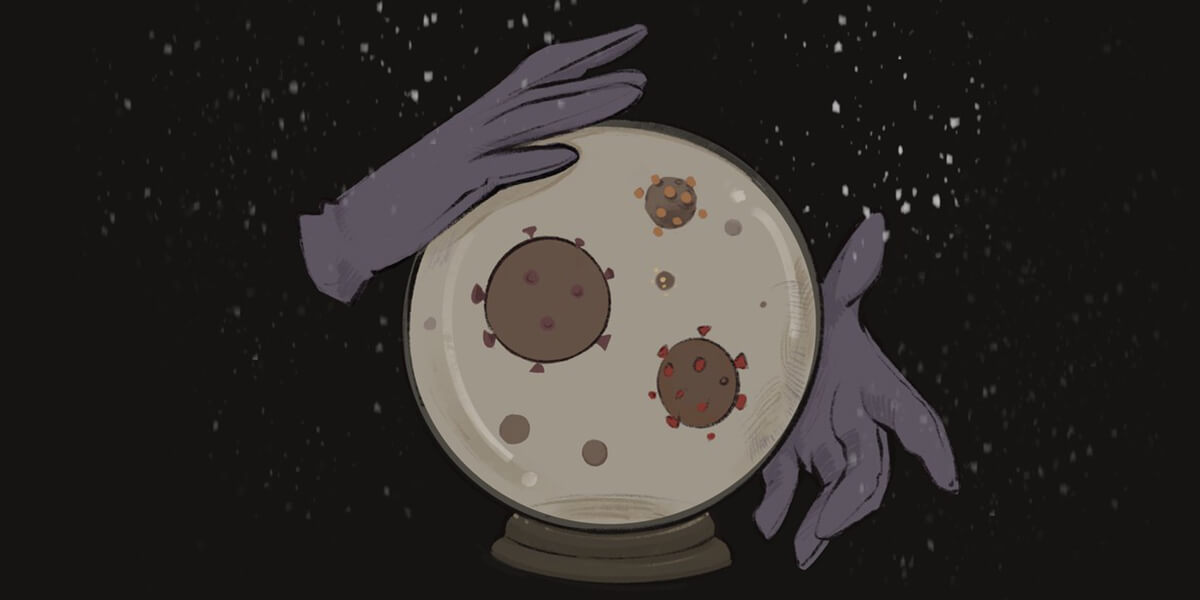
“Viterbi vs. Pandemics” Lecture 6: Predictions on COVID-19 to the C.D.C.
USC Viterbi data scientists helping decision-makers see beyond the fog of data to provide better pandemic forecasts and save lives
Read More
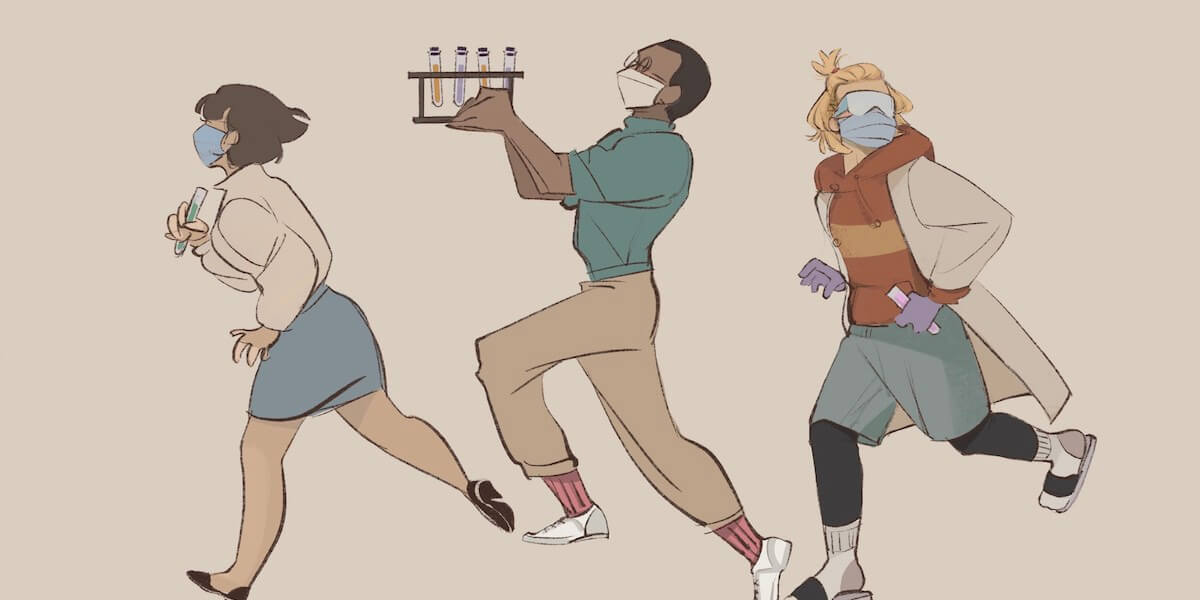
“Viterbi vs. Pandemics!” Lecture 7: Vaccine Development
Zohrab A. Kaprielian fellow in Engineering and Professor of Chemical Engineering and Materials Science and Biomedical Engineering Pin Wang discussed immunology behind the COVID-19 vaccine.
Read More
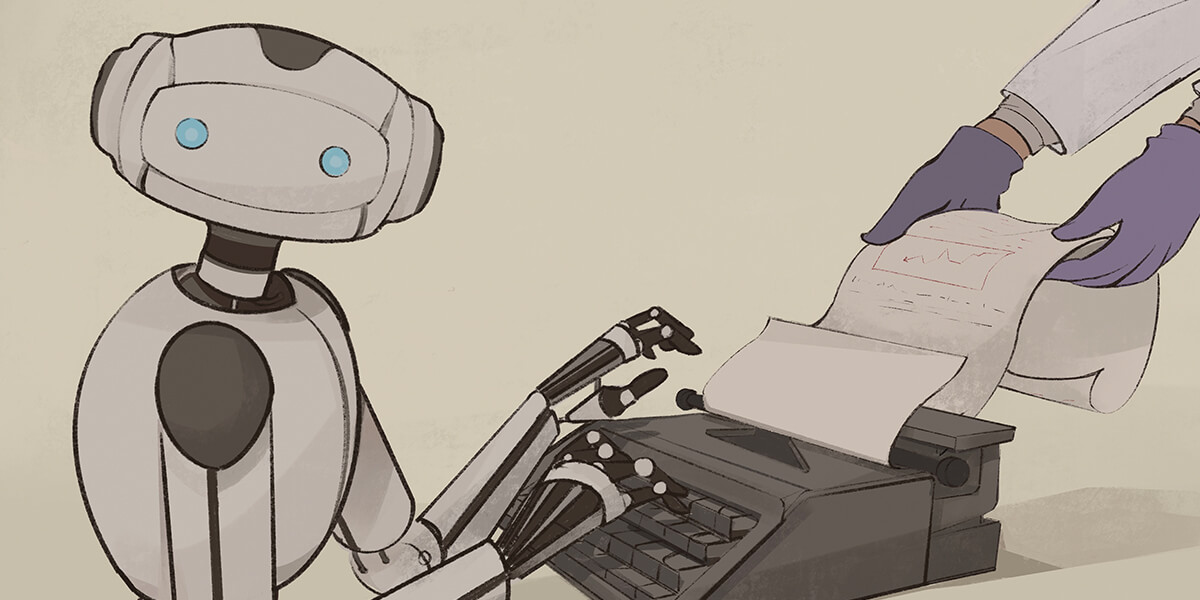
“Viterbi vs. Pandemics” Lecture 8: Misinformation Detection
Yan Liu shares how machine learning and AI could help combat COVID-19 by identifying and mitigating misinformation on social media.
Read More
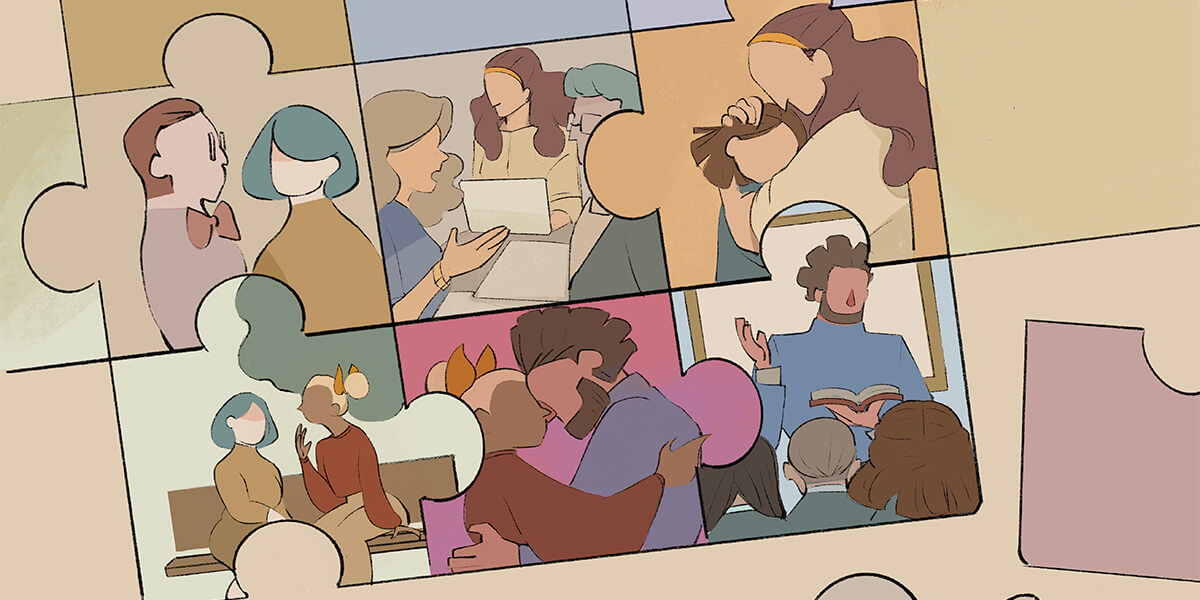
“Viterbi vs. Pandemics” Lecture 9: Digital Contact Tracing
Cyrus Shahabi’s digital contact tracing goes beyond mobile phones, reducing false positives.
Read More

“Viterbi vs. Pandemics” Lecture 10: Protein Engineering by Directed Evolution
Richard Roberts’s lab invented mRNA display to design new peptides and proteins. He is now using this and other tools to help scientists develop therapies and diagnostics for COVID-19.
Read More
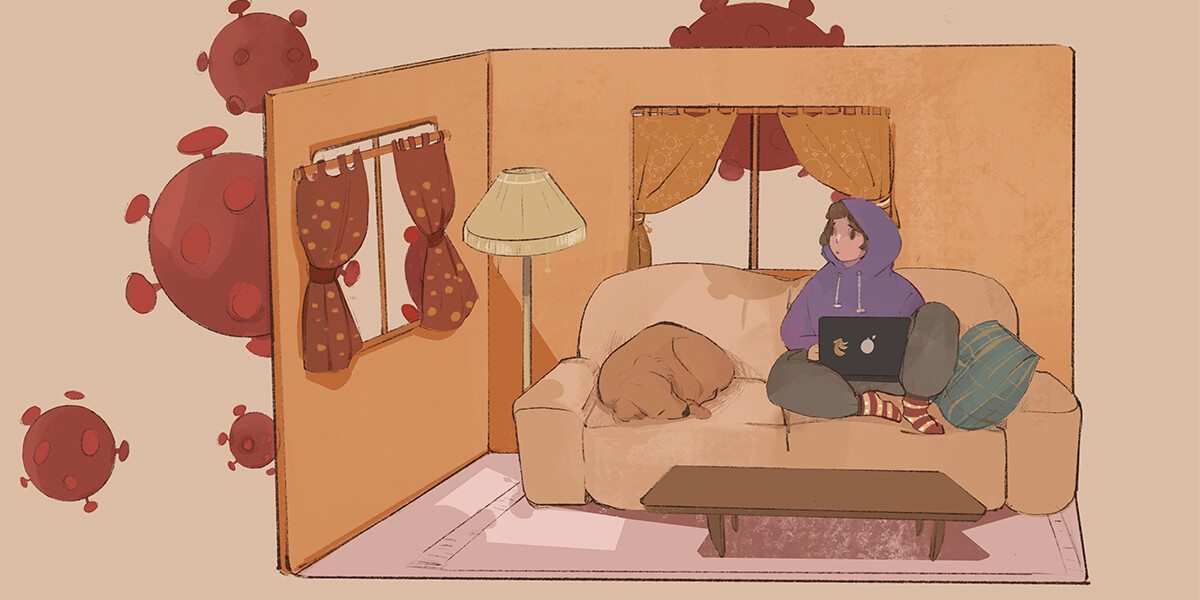
“Viterbi vs. Pandemics” Lecture 11: Environmental Influences on Work From Home
As part of an 11-part lecture series, USC Viterbi researchers spoke on the role and influence of built environments on mental and physical health, and work productivity and satisfaction.
USC Viterbi By The Numbers

Today the student population is
approximately 2,800 undergraduate
and 6,200 graduate students
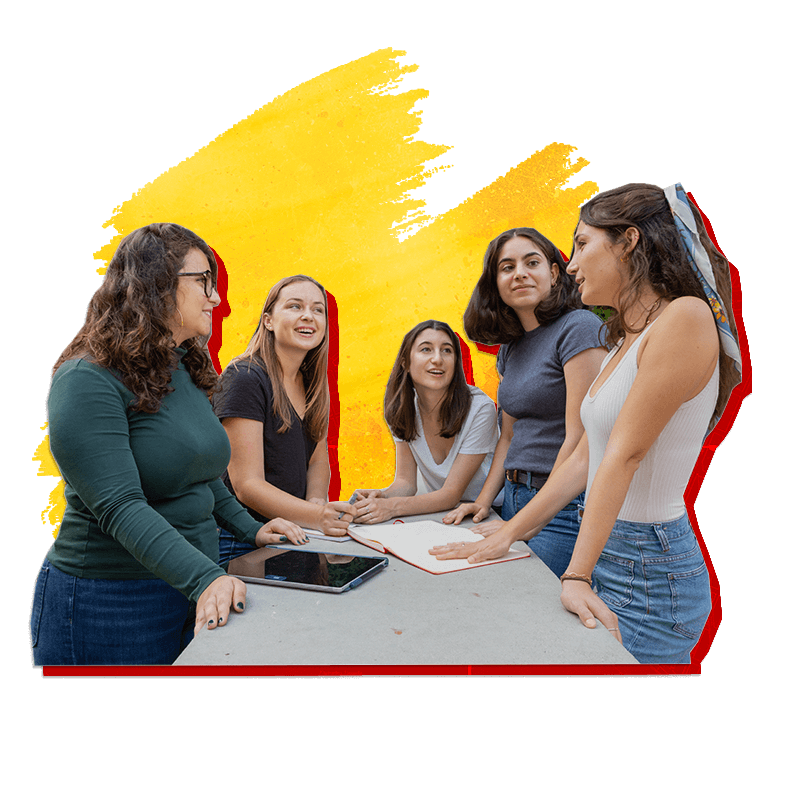
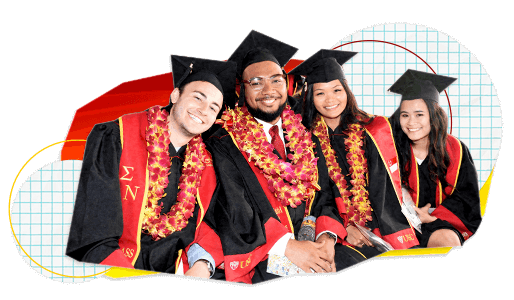
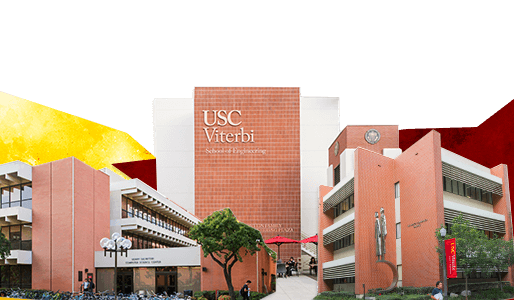
and institutes
Faculty
chair appointments
NSF Career Awardees
NAE members (31 total affiliated)
MIT TR35 winners
(George A. Olah, Arieh Warshel)
Centers and Institutes
Home to:
» Information Sciences Institute (ISI)
» The Ming Hsieh Institute
» The Daniel J. Epstein Institute
» Innovation Node-Los Angeles, National Science Foundation’s (NSF)
» University Center of Excellence of the U.S. Department of Homeland Security - Center for Risk and Economic Analysis of Terrorism Events (CREATE)
» DOE/White House Materials Genome Initiative Center
» Center for Artificial Intelligence in Society (CAIS)
» Center on Cyber-Physical Systems and the Internet of Things (CCI)
» Machine Learning Center (MaSCle)
» Center for Energy and Nanoscience
» USC-Lockheed Martin Quantum Computation Center
» Center for Interactive Smart Oilfield Technologies (CiSoft)
» Pratt & Whitney Institute for Collaborative Engineering (PWICE)
» Airbus Institute for Engineering Research (AIER)
» NIH Center on Genomics and Phenomics of Autism
» USC Energy Institute
»USC Center for Sustainability Solutions
»Northrop Grumman Institute of Optical Nanomaterials and Nanophotonics (NG-ION2)
»Center for Advanced Manufacturing (CAM)
Affiliated with:
» Alfred E. Mann Institute for Biomedical Engineering (AMI)
» USC Institute for Creative Technologies (ICT)
» USC Stevens Center for Innovation
Education Centers
» Division of Engineering Education
» KIUEL (Klein Institute for Undergraduate Engineering Life)
» VAST: Viterbi Adopt-a-School, Adopt-a-Teacher
» Viterbi Student Innovation Institute (VSI2)
Published on October 26th, 2020
Last updated on November 25th, 2020
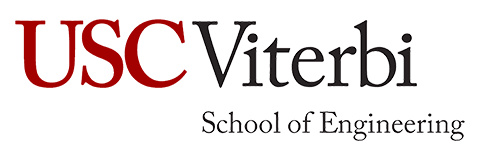


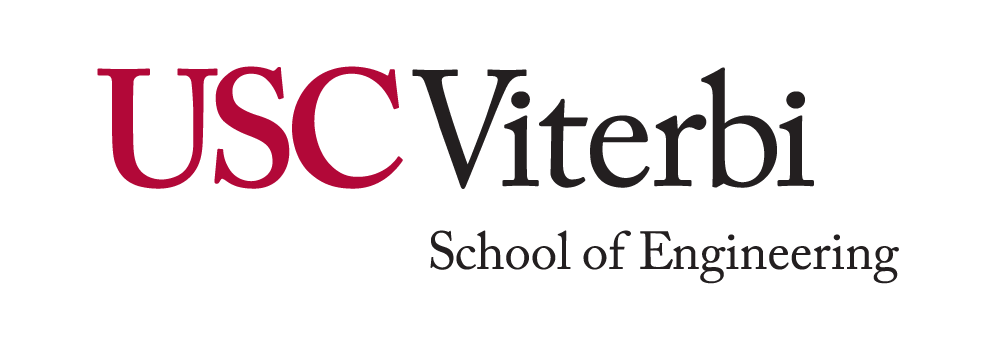
 We learned how much we should value education. Particularly in times of exponential change, like today, where uninformed decisions have debilitating consequences. And while most, if not all our classes this semester are online, we see as our moral responsibility to offer the highest quality of education for all our students all over the world. The experience we will have in the fall, unanticipated as it is, will also help us invent the future. To this goal, we will explore multiple avenues for the creation of community, for the active engagement with our students, and for creating all means that will probe the boundaries of connectivity as far as possible. In many ways, our students will be the co-creators of such innovation.
We learned how much we should value education. Particularly in times of exponential change, like today, where uninformed decisions have debilitating consequences. And while most, if not all our classes this semester are online, we see as our moral responsibility to offer the highest quality of education for all our students all over the world. The experience we will have in the fall, unanticipated as it is, will also help us invent the future. To this goal, we will explore multiple avenues for the creation of community, for the active engagement with our students, and for creating all means that will probe the boundaries of connectivity as far as possible. In many ways, our students will be the co-creators of such innovation. Almost right after COVID-19 became part of our vocabulary, the National Academy of Engineering launched a Call to Action against it. This cross-generational project includes engineers of all generations, from baby boomers to Gen Z’ers. Having the honor to chair its executive committee, I know how exciting it is to usher in innovative solutions, by accomplished engineers or by bright new engineering students, including our Grand Challenges Scholars.
Almost right after COVID-19 became part of our vocabulary, the National Academy of Engineering launched a Call to Action against it. This cross-generational project includes engineers of all generations, from baby boomers to Gen Z’ers. Having the honor to chair its executive committee, I know how exciting it is to usher in innovative solutions, by accomplished engineers or by bright new engineering students, including our Grand Challenges Scholars.
